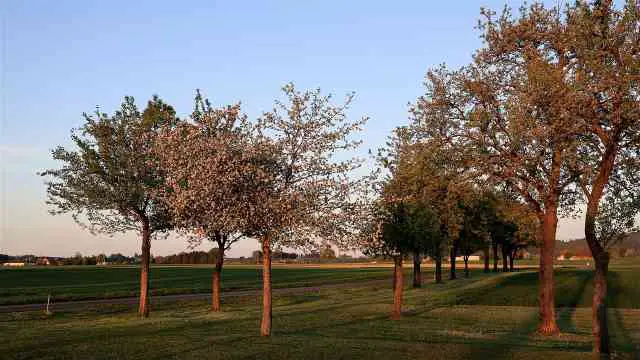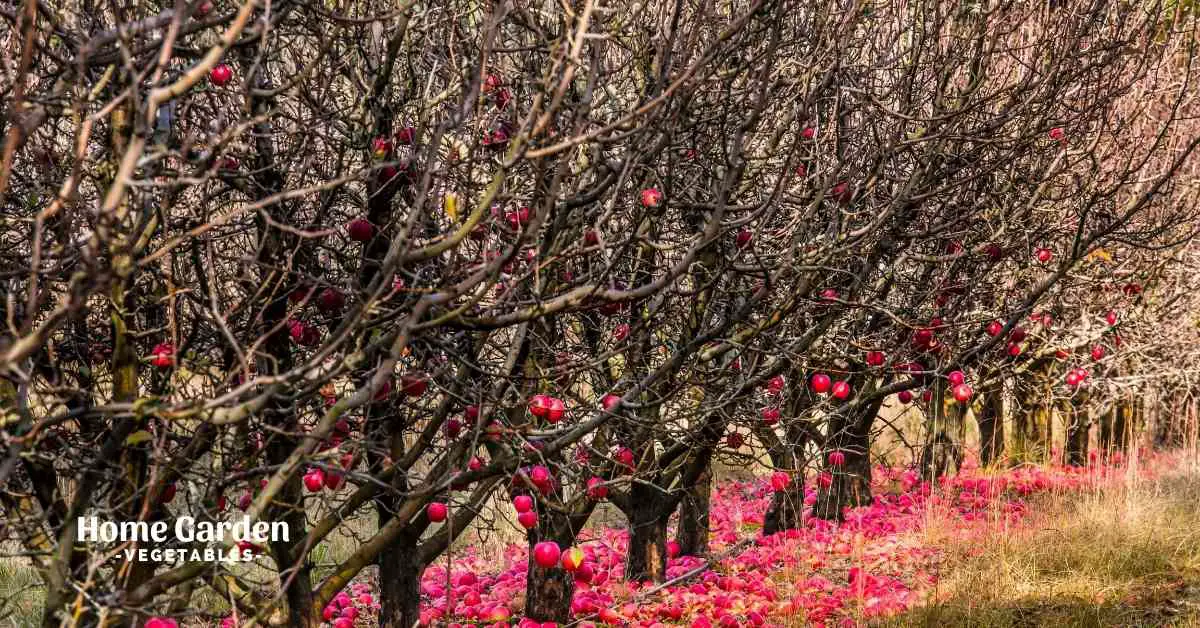Clay soil may not be the choicest soil for gardeners, but it’s not without its benefits. In fact, it’s richer in nutrients than other types of soils. Owing to the high density of clay particles, the soil also tends to retain moisture well for absorption by the roots. Of course, the bad reputation of the soil is there for a reason too and can’t be overlooked when you plan on growing plants on it. Soil compaction and cracking inhibits root development, while the poor drainage qualities makes the soil waterlogged for plants.
Even with the negatives, there are a number of fruit trees for clay soil Australia to grow in your garden. Continue reading and you’ll learn how to create Australia’s clay soil into a beautiful garden.
Reader Poll: What online courses would interest you?
Top Fruit Trees For Clay Soil Australia

Citrus Fruits
The acidity of citrus fruits can tolerate clay soil’s alkalinity better than other plant species. Grafted citrus trees are a better option for clay soil as compared to trees grown from cuttings. Additionally, pick full-sized rootstalk over dwarf varieties since they’re more tolerant to heavy clay.
However, soil compaction and drainage issues will need to be addressed before planting the tree. If you don’t want to amend a large area, you can simply make a large planting hole and fill it with a mix of three parts garden soil, three parts compost and one part sand with the root ball in the center.
There are a number of citrus trees that grow well in Australia, including lemons, oranges, mandarins, cumquats and limes. Plant them where there’s ample sun, preferably facing north so they can also benefit from the winter sunshine. Protect them from the wind and mulch around them to help the soil retain moisture better.
Subscribe to our newsletter!
Stone Fruits
Stone fruits, including plums and apricots, tend to be better adaptable to clay soil than many other fruit trees, thanks to their shallow root systems. Since they’re dormant in winters, you can even plant them in areas with cold winters and frost. With the right care, they’ll fruit in December or January with the most delicious home-grown fruits!
Though the roots don’t extend deep into the soil, they can spread out wide, so make sure you plant them a good distance from other trees. Dig a hole and add a softer mix of soil, amended with peat moss or compost, around the root ball. Mulch around the tree and avoid overwatering since clay soil can easily saturate with water and drown the young tree.
Apple
Apple is adaptable to a wide variety of soil textures, from loamy to clayey. Besides Victoria and Tasmania, you can also grow a range of apple varieties in the cooler regions of Western Australia, New South Wales and South Australia. According to Ohio State University, if you’re growing apples in clay soil, set the plant 2 to 4 inches higher than it was set in the nursery. Doing so will allow better air circulation around the root system despite the compaction of the clay soil.
If you have clay soil in your garden, gardeners recommend avoiding dwarf rootstocks since they require well draining soils. Larger apple trees that have more vigorous rootstocks are a much better option for heavier clay soils. They are hardier and offer a better resistance against the problems of clay soil.
Pear
Pears, or pome fruits, are well adapted to the southern regions of Australia, thanks to the mild winters and warm summers. They are a good addition to your garden with clay soil since they tend to tolerate damper soils better than other trees. As long as the moisture and nutrients are sufficiently available to the roots and soil pH is between 6.0 and 7.0, heavy clay isn’t going to do much damage to pear trees.
Though pear trees will grow in clay soil, it’s well worth your time and efforts to amend the native garden soil with plenty of organic matter. Mixing in compost and organic matter will also help improve the soil structure in the long run. Packham’s Triumph, William Bartlett and Beurre Bosc are some of the preferred varieties to grow in the Australian climate.
How To Make Clay Soil Hospitable To Trees
Clay soil is packed with nutritious minerals for your trees, shrubs and flowers. However, these minerals are mostly inaccessible to the plants owing to the poor soil structure. The very small size of clay particles causes them to stick together, causing the soil to become waterlogged when moist and rock solid and cracked when dry.
However, the right amendments can help improve the soil structure over time, making it more welcoming to your plants. Gypsum is a useful amendment and can be added at the time of planting. It’s also helpful when incorporated in the soil surrounding the established fruit trees. Gypsum works by clumping the small clay particles together, increasing their size and thus improving the structure of the soil.
Additionally amending the soil with organic matter, compost and natural fertilizer attracts microbes in the soil and speeds up the decomposition activities. Millions of microorganisms work together within the soil surface to break down the organic matter, aerate the soil, improve the soil structure and provide all the important nutrients for the plants.
Conclusion
Even if you have clay soil in the garden, there are plenty of fruit trees you can grow. A few tricks can help reduce the problems of heavy clay and help you harvest loads of fresh, homegrown fruits to enjoy through the seasons.

